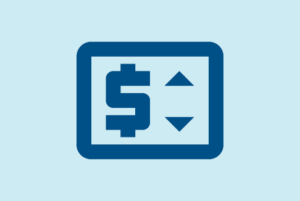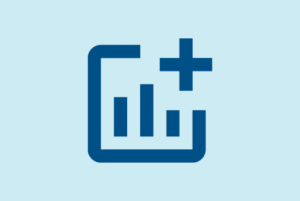The House and Senate leadership reached an agreement Monday on a year-end legislative package that extends funding for the federal government through the end of the federal fiscal year (FY), provides additional relief for small business, workers and health care providers suffering from the COVID-19 pandemic, and addresses the issue of surprise medical bills.
CHA worked closely with the California congressional delegation and the leadership to help shape this legislation. While all our priority issues were not completely addressed, the bill includes important provisions on relief from Medicare and Medicaid cuts, adjustments to Provider Relief Fund (PRF) reporting — and surprise medical bills were included. We will continue to work with the next Congress and the Biden administration to secure additional funds for hospitals and their front-line workers.
The measure provides $900 billion in pandemic relief (including an additional $300 for weekly unemployment benefits), stimulus checks of $600 for individuals making up to $75,000 per year and their dependents, funds for schools and rental assistance, and it revives the Paycheck Protection Program.
Of importance to hospitals, the package:
- Eliminates the Medicaid disproportionate share hospital (DSH) cuts for FY 2021 and delays future cuts through 2023
- Delays the 2% Medicare sequestration through March 31, 2021. Adds $3 billion to the PRF. Details include:
- Clarifies PRF reporting requirements for providers who have accepted funds
- Lost revenues may be determined using the June 2020 U.S. Department of Health and Human Services (HHS) FAQ, which allows for a calculation based on the provider’s budgeted to actual revenue for budgets approved by March 27, 2020.
- Allows parent organizations to reallocate PRF funds (including targeted distributions) to eligible subsidiaries
- Directs the HHS Secretary to allocate payments for at least 85% of the remaining PRF (including funds recovered from providers) using an application process that considers financial losses and changes in operating expenses
- Adds 1,000 new Medicare-supported graduate medical education slots
- Provides $4.25 billion for mental health and expands eligibility for use of telehealth for mental health services
- Provides long-term extensions of public health programs including community health centers, the National Health Service Corps, teaching health centers, and special diabetes programs
- Adds Medicaid reporting requirements. While the Centers for Medicare & Medicaid Services (CMS) removed its proposed Medicaid Fiscal Accountability Rule from its regulatory calendar, language in the bill will require states to submit additional reports to CMS that highlight the use of Medicaid non-DSH supplemental payments.
- A provision looking at Medicaid shortfalls and third-party payments was added at the last minute. CHA is evaluating the impact for California’s hospitals.
- Increases physician fee schedule payments by $3 billion for 2021, without applying budget neutrality requirements
- Provides $30 billion for vaccines and treatments, distribution funds for states
- Provides $22 billion for testing, tracing, and mitigation
- Does not include liability protections for providers or employers
- Invests $7 billion to increase expand broadband, including $300 million for rural broadband and $250 million for telehealth
- Creates the Rural Emergency Hospital (REH). Either a critical access hospital or a rural hospital with less than 50 beds may convert to an REH and be reimbursed under Medicare prospective payment systems plus an additional monthly facility payment and an add-on payment for hospital outpatient services.
- Extends some aspects of the Families First Coronavirus Response Act paid leave provisions to March 31, 2021. CHA is evaluating the impact on whether this would also extend California’s COVID Supplemental Paid Sick Leave.
- Delays implementation of the Medicare radiation oncology model by an additional six months to Jan. 1, 2022
Surprise Medical Bills
A bipartisan, bicameral agreement reached a little more than a week ago was included in the year-end package. Several important changes to the agreement, which were sought by CHA, were included in the final version.
The legislation prohibits providers from balance billing patients for out-of-network emergency services or medical care and does not allow patients to be charged more than the in-network cost-sharing amount. Notably, the proposal does not rely on a benchmark payment rate to determine out-of-network reimbursement, but instead allows payers or plans and providers to negotiate reimbursement and permits an independent dispute resolution (IDR) process if the negotiations are not productive.
The bill also includes several other provisions to help patients access care and better understand their provider networks and costs. The HHS Secretary is given broad authority to establish parameters for the collection of data reflecting the use of negotiations, IDR, rates paid, and other measures to provide transparency and patient protection.
Additional details will be forthcoming, but the key components include:
- No benchmark rate
- Preserves private negotiations
- Exclusion of public payment rates (Medicare, Medicaid, Tricare, and CHIP) from consideration in an IDR



